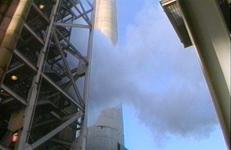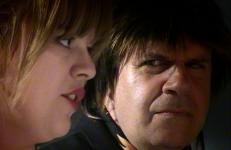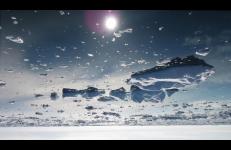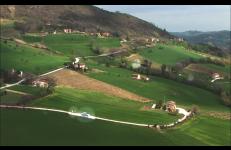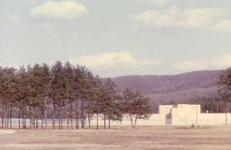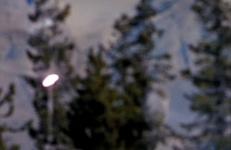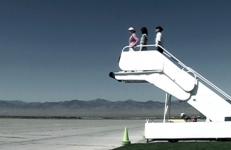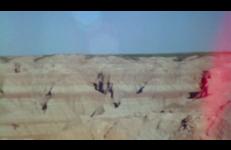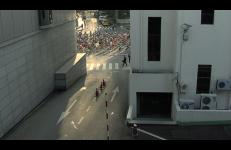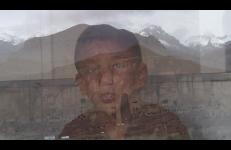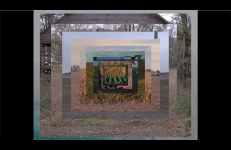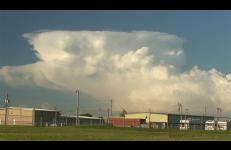still/here is a meditation on the vast landscape of ruins and vacant lots that constitute the north side of St. Louis, an area populated almost exclusively by working class and working poor African Americans. Though it constructs a documentary record of blight and decay, still/here is a refusal of closure that dwells within the space of rupture and confronts the presence of a profound absence.
–– Christopher Harris
Camera, sound, edit: Christopher Harris
Additional camera: Joel Wanek





